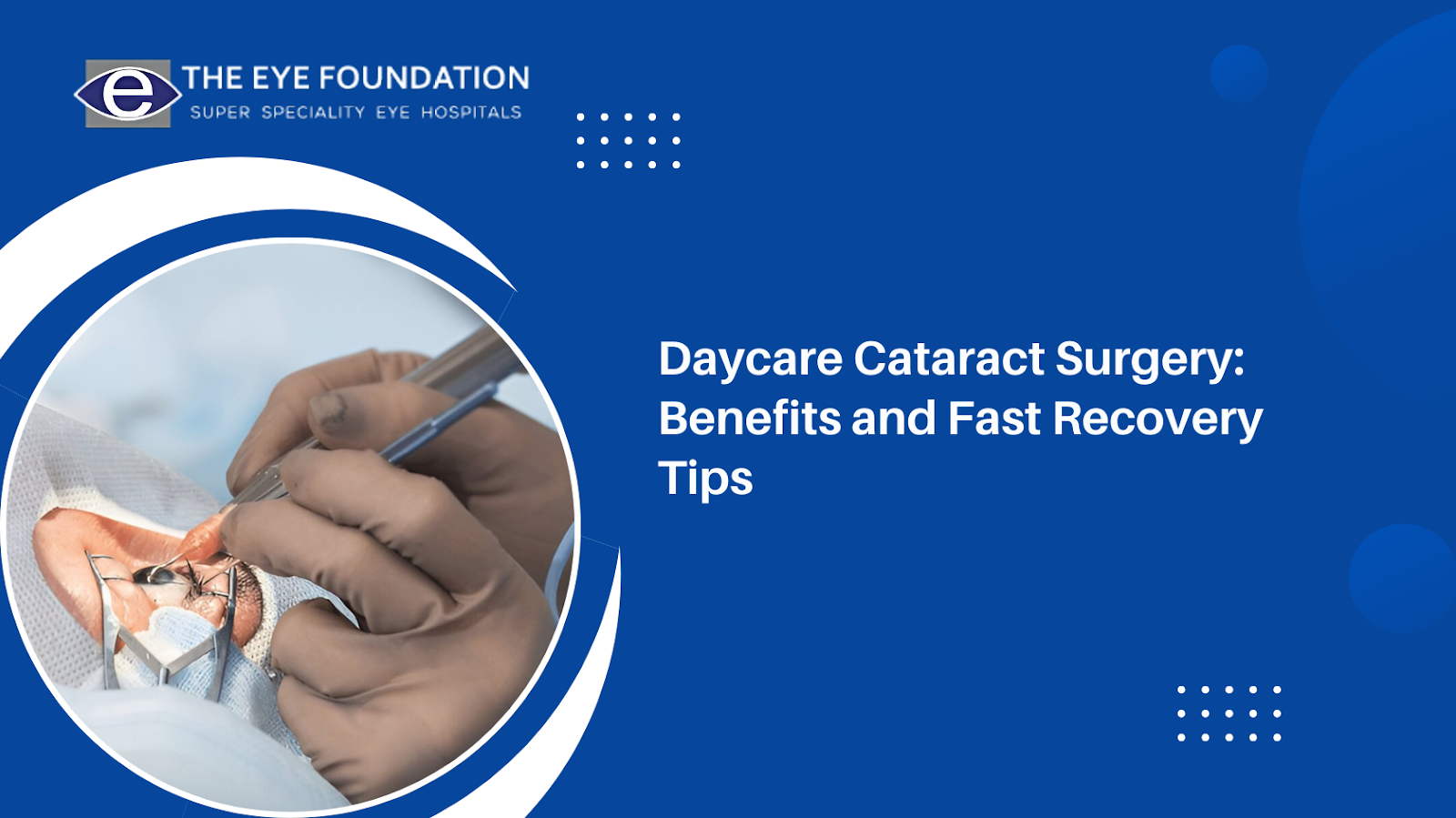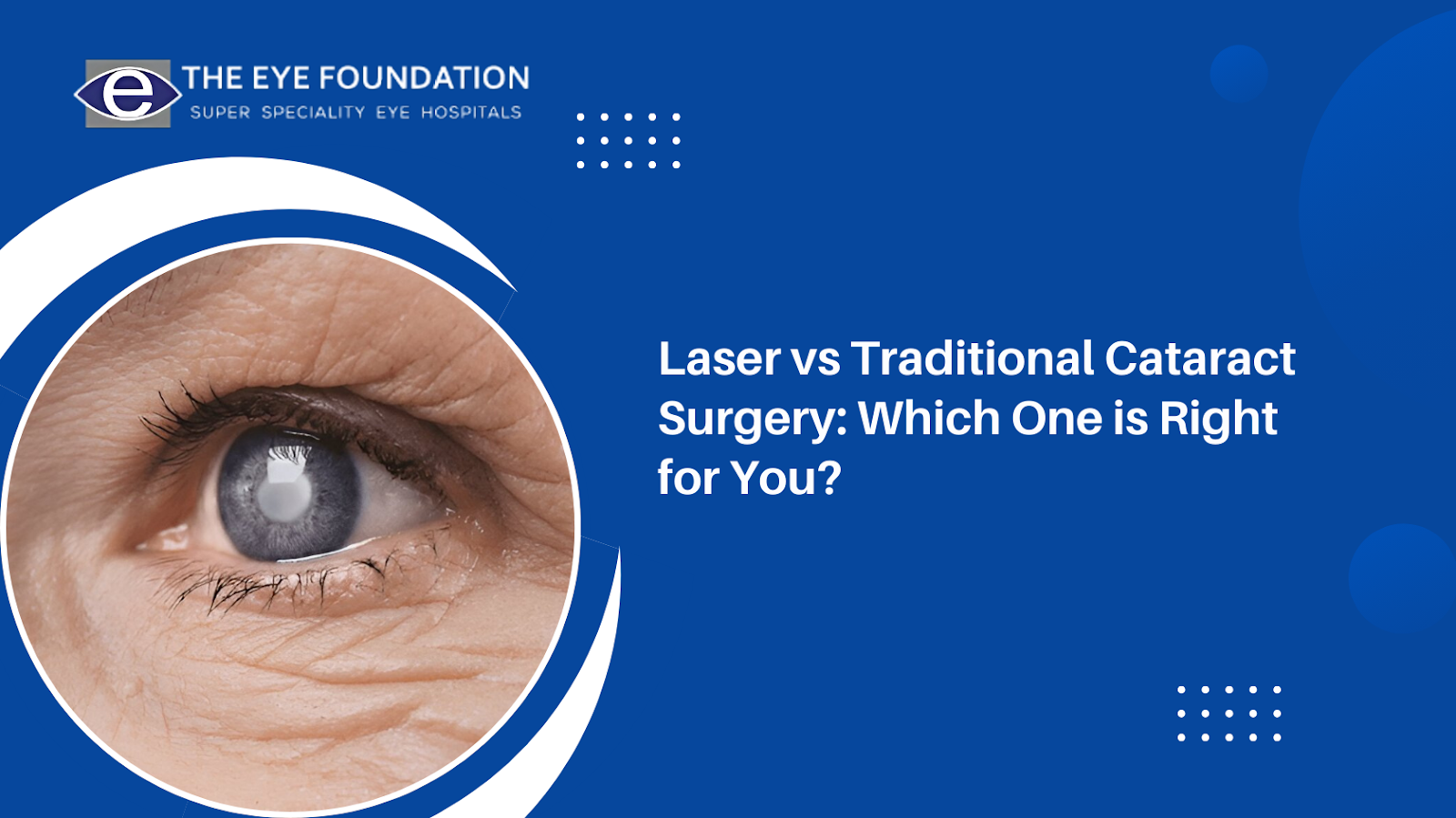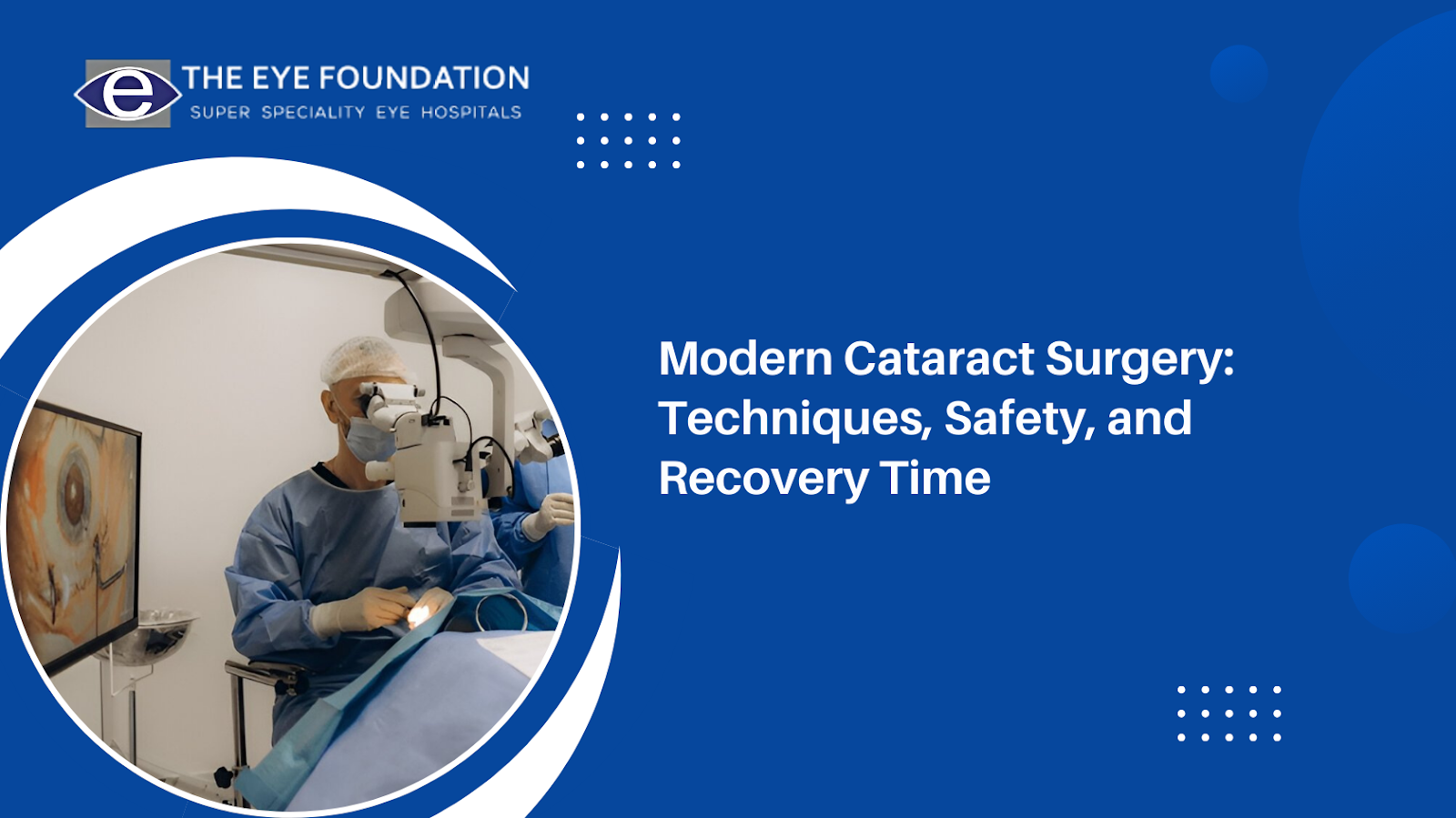Refractive error is a common eye condition among this generation of youngsters but they don’t want to wear those specs because they are going to have a greater influence on their overall appearance. In that case, people are always looking for alternatives. One such option is refractive lens exchange which is also called clear lens extraction or refractive lensectomy. This is a kind of surgical procedure that can fix refractive errors like myopia, hyperopia, and presbyopia. For people who are looking for alternatives for specs or contact lenses, this could be a better option but everything will hold its risks. In that case this procedure also comes with some risks which have to be known before making a decision.
Risk factors of refractive lens exchange
Below are some of the risk factors that are associated with refractive lens exchange, check it out,
Infection
The infection will be the top concern while you are thinking about the refractive lens exchange because the infection is going to occur inside the eye simply known as endophthalmitis. They cause severe pain, vision loss, and even blindness if left untreated. Even though the risk of infection is less it remains a serious concern.
Retinal Detachment
The refractive lens exchange increases the chance of retinal detachment especially in individuals with myopia. Retinal detachment is the condition where the retina gets detached from the back end of the eye which may lead to sudden vision loss, unfortunately. Signs and symptoms include light flashing, floaters, and seeing shadows over the vision. If you are experiencing any of the signs then it could be a medical alarm on your vision health.
Posterior Capsule Opacification
The posterior capsule opacification is the condition where the lens capsule is left in the same place during surgery to support the intraocular lens later the lens may get cloudy. Thus it is also called a second cataract which is also a great concern in the RLE procedure.
Glaucoma
After the procedure of refractive lens exchange, the pressure in the blood vessel might increase and lead to glaucoma and further, the optic nerve may get damaged and lead to vision loss. Regular eye examinations for eye pressure could identify the state and also with prompt treatment the pressure could be reduced and eye health would be preserved.
Corneal Edema
The swelling of the cornea or corneal edema may also be accompanied by post-RLE procedure and this condition shows up with symptoms of blurred vision and discomfort vision. Through proper treatment, it could be resolved but in rare cases, surgical assistance may be required.
Intraocular lens dislocation
To correct the refractive error the artificial lens will be placed in the eye in some cases this lens may get displaced which leads to vision problems. For repositioning or replacement of the lens, additional surgery may be required.
Vision disturbances
After getting the refractive lens exchange the patients may experience visual disturbances like seeing halos around bright light, difficulty in night vision, and glare which are common things as time flies these symptoms will diminish. But if it persists there assistance from an ophthalmologist is required.
Incomplete vision correction
The refractive lens exchange could be the better alternative for glasses and contact lenses but in some cases, additional support may be needed.
Time for appointment
Before you decide to get the refractive lens exchange procedure it is vital to consult an ophthalmologist who is going to make you understand the essential factors and risks you should get to know to make an informed decision. Prefer the best ophthalmologist from The Eye Foundation. They come with hands-on experience so visit the hospital and make your decision.
Get the best care for your eye with us. Schedule your appointment today for expert and personalized treatment.






